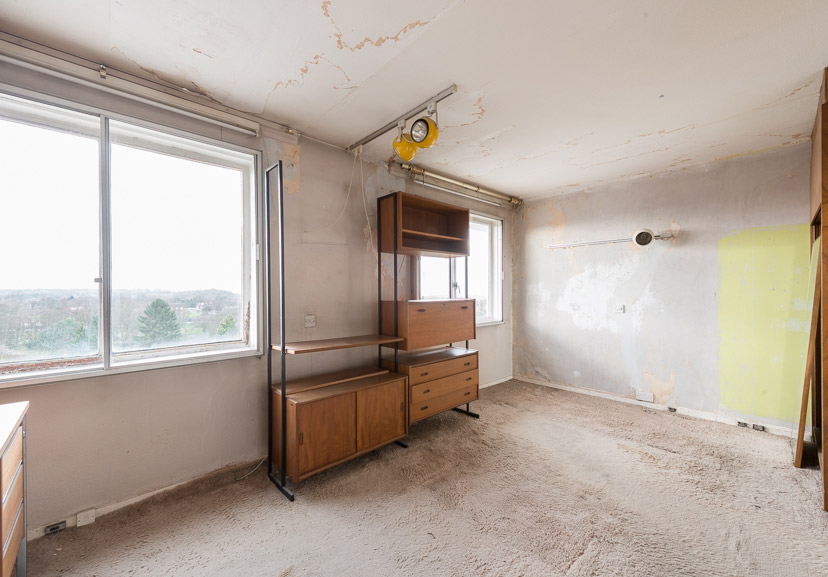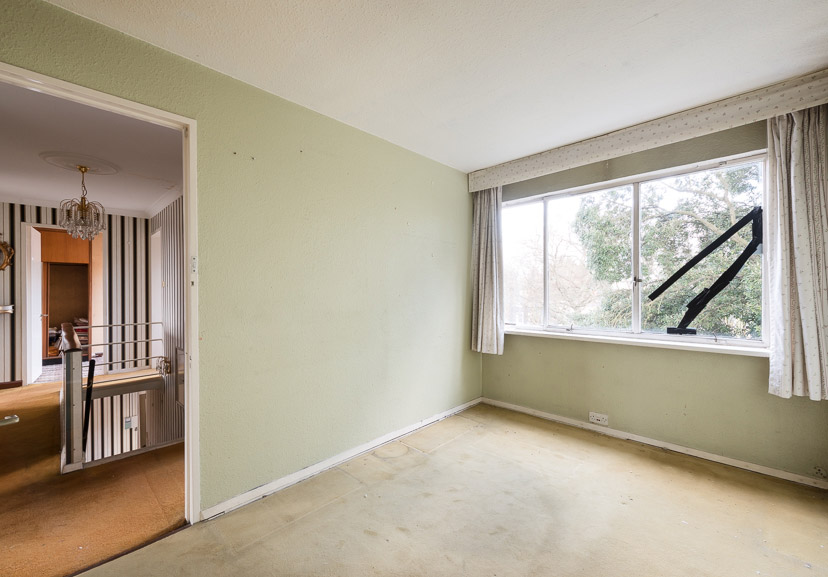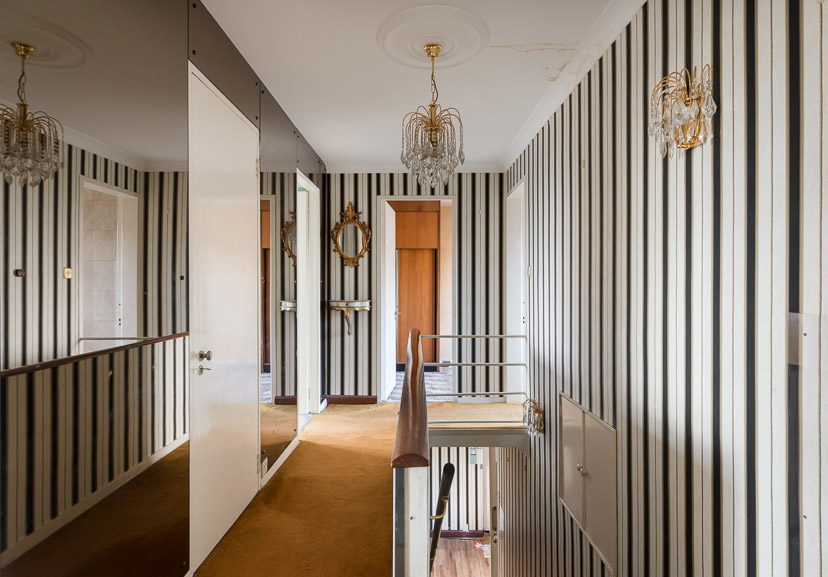




















Highpoint II
North Hill, London N6
Architect: Berthold Lubetkin
Register for similar homesThis unmodernised 4-bedroom duplex (1,751 sq ft) is favourably located on the SECOND and THIRD floors of Highpoint, perhaps the finest Modernist building in London. It has fine views over the communal gardens at the rear.
Designed by the architect Berthold Lubetkin in the 1930s, Highpoint has been listed at Grade I by English Heritage in recognition of its extraordinary architectural quality. The building is very well maintained, and has a porter, lift access, glorious communal gardens, residents’ tennis courts and a heated outdoor swimming pool, as well as a fabulous entrance hall. There is off-street parking for residents on a first-come first-served basis.
Highpoint was built in two phases. This apartment is situated in the later Highpoint II, which was completed in 1938. It contains just 12 duplexes, which were designed to be more luxurious than the flats in Highpoint I.
The apartment has direct lift access. The lower floor contains a 25ft reception room that faces southwest, a galley kitchen, separate dining room, study and guest WC, and the upper floor has four bedrooms and two bathrooms. An original travertine staircase links the two. The flat spans the building from front to back. Having been in the same ownership for many years, it requires refurbishment.
Highpoint is conveniently located within a short walk of both Highgate Village – with its shops, cafés and restaurants – and Highgate underground station (Northern Line). The open spaces of Hampstead Heath and Waterlow Park are also within close proximity.
Please note that all areas, measurements and distances given in these particulars are approximate and rounded. The text, photographs and floor plans are for general guidance only. The Modern House has not tested any services, appliances or specific fittings — prospective purchasers are advised to inspect the property themselves. All fixtures, fittings and furniture not specifically itemised within these particulars are deemed removable by the vendor.




History
Berthold Lubetkin is among the most important figures of the Modern Movement in Britain. Born in Georgia in 1901, he studied in Berlin and Paris, before moving to London in 1931. The following year he founded the famous Tecton practice with the Architectural Association graduates Anthony Chitty, Lindsay Drake, Michael Dugdale, Valentine Harding, Godfrey Samuel and Francis Skinner.
Lubetkin and Tecton’s buildings are among the most iconic of the period, and include the penguin pool at London Zoo (designed in conjunction with the engineer Ove Arup) and Finsbury Health Centre.
The Highpoint apartments, so-called because of their location on an elevated site, are one of the best examples of early International Style architecture in London. They were built in two phases: Highpoint I in 1935 and Highpoint II in 1938. Local opposition from the Highgate Preservation Committee ensured that Highpoint II was much smaller than its predecessor. It was originally intended to have 57 flats, but in the end contained only 12. This reduction, coupled with the spiralling cost, resulted in a strategy to design luxury apartments instead of flats. Lubetkin even designed himself a penthouse, where he lived until 1955. It had extraordinary views across London from the top of what was the highest building in the city at the time. Externally, Highpoint II has a dark-brick façade that contrasts with the gleaming white render of Highpoint I, with a pair of caryatids that prop up the entrance canopy.
























